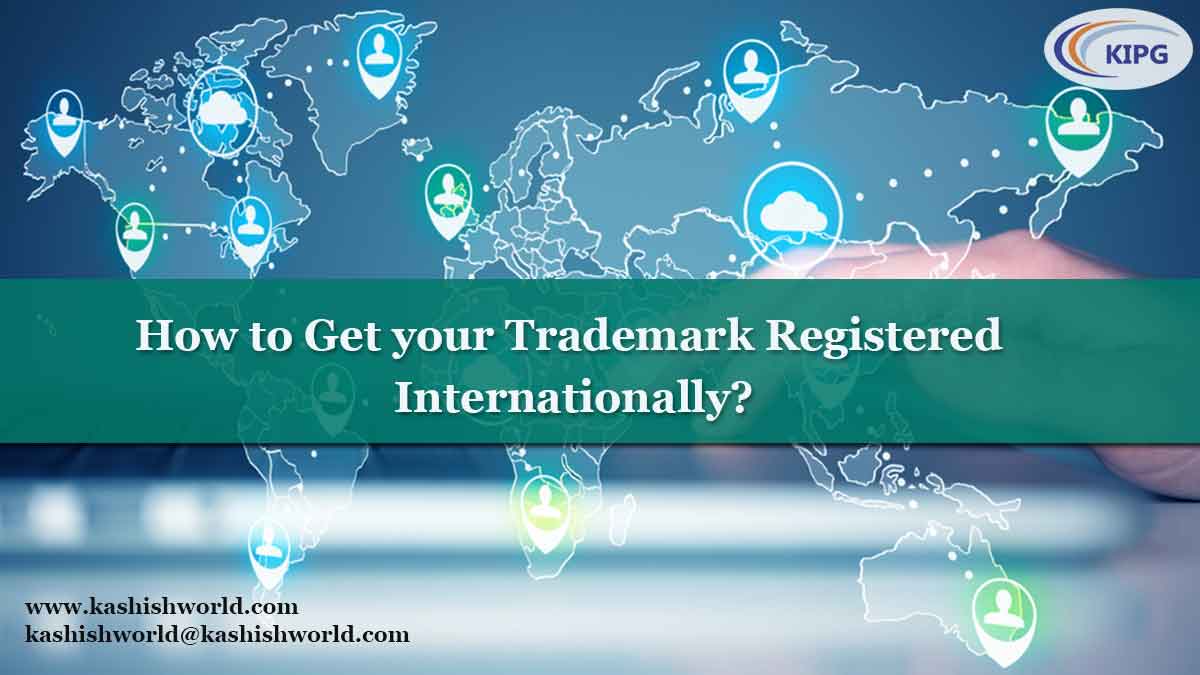
You must have worked proactively for a pretty long time now to get to this moment. Your business company has grown steadily over the past few years, as a result of which, you are finally ready and looking forward to transforming it into a global brand. For doing the same, there is a dire need for you to ensure that your Trademark Protection extends well to the international market. As a business owner, you don’t wish to go through all that work only to have your trademark stolen by another person or have it denied outright as a consequence of not following the adequate protocol to have it affirmed in some other nation. So, let us now make ourselves familiar with how you can file an international trademark application and take your business to a global level.
1. Start by getting the trademark registered in your country
It should go without saying, as before you even begin thinking about taking your brand to a global level, you must ensure having a trademark brand to globalize in the first place. Hence, it is essential to get the trademark registered in your home country of operation. It will prove to be the starting point for the other international Trademark Registration processes.
2. Going ahead with international trademark registration
The UK, US, and 175 other nations across the globe are signatories to the Paris Convention for the Protection of Industrial Property (signed in 1833), which is a legal framework providing a starting point for the trademark-related matters. The members in this legal framework have agreed upon various basic trademark rules and regulations corresponding to one another. The practical upshot of this convention or agreement is that the member countries can file a Trademark Application in other member countries for seeking trademark protection over there. That said, the trademark registration is, however, not automatic and requires the need for filing a trademark application in new countries. Let us suppose, you are a UK citizen, and are looking forward to seeking trademark protection in the US, then you need to file the necessary paperwork with the US Patent and Trademark System (USPTO).
3. Seeking WIPO protection
You may be looking forward to filing with the World Intellectual Property Organization (WIPO) as it oversees international IP-related matters efficiently and further ensures that all the members have their respective trademarks protected at a global level. Applying for this type of international IP protection has two basic requirements, which are as follows:
- Entitlement – The term is used for qualifying to what is widely known as the Madrid System. It is indeed the most common form of WIPO protection. There is a need to apply via the IP Office in your country, for instance, the USPTO. To qualify for entitlement, you must have a business in the Contracting Party abroad, for instance, a registered UK branch of a US-based company. Additionally, you must be settled and domiciled in a Contracting Party, and further, be a national of a Contracting Party that can act as a recognized intermediary.
- Basic application – If you already have all the necessary connections required with a Madrid System member, you can conveniently file the basic application. For doing the same, you need to apply and receive an official mark from an IP office with the corresponding member, that is, the IP office in your region.
Understanding the international differences
Although these systems help significantly in making the international trademark registration process smooth, the differences are inevitable. Hence, there is a need to stay prepared, know the differences well, and understand how you can meet them in the best possible manner to go ahead with filing your trademark application. For starters, you need to know that every country has different rules and regulations in the trademark registration process and the concepts corresponding to the terms ‘distinct’ and ‘trademarkable’ may vary as well. Furthermore, every nation has its specific grounds for refusal, due to which, there is a need to know them before filing your trademark application. You should also put in sincere efforts for ensuring that your trademark application is as specific as possible corresponding to the services or products for which you are going to use your proposed mark. It is also imperative to read the guidelines of the IP office of the nation in which you are looking forward to seeking trademark protection. If you wish to file a trademark application in multiple countries worldwide, you may get in touch with a Trademark Attorney possessing appropriate knowledge of the required paperwork and different systems.

